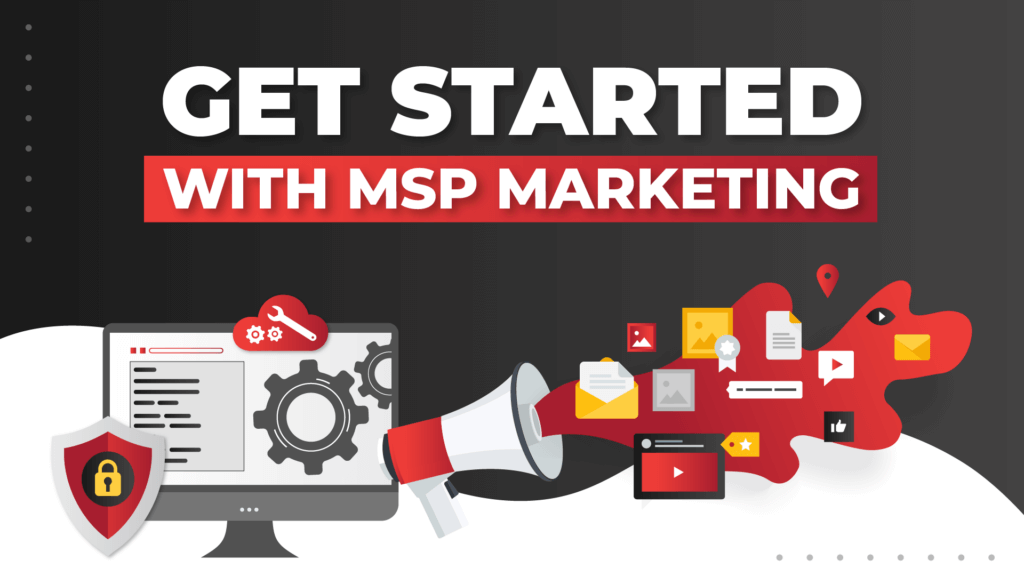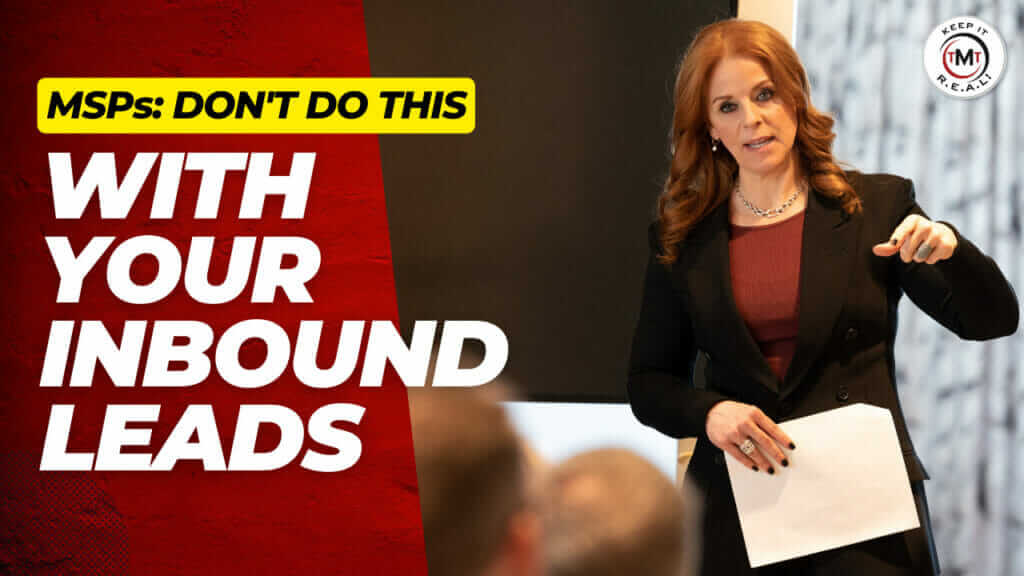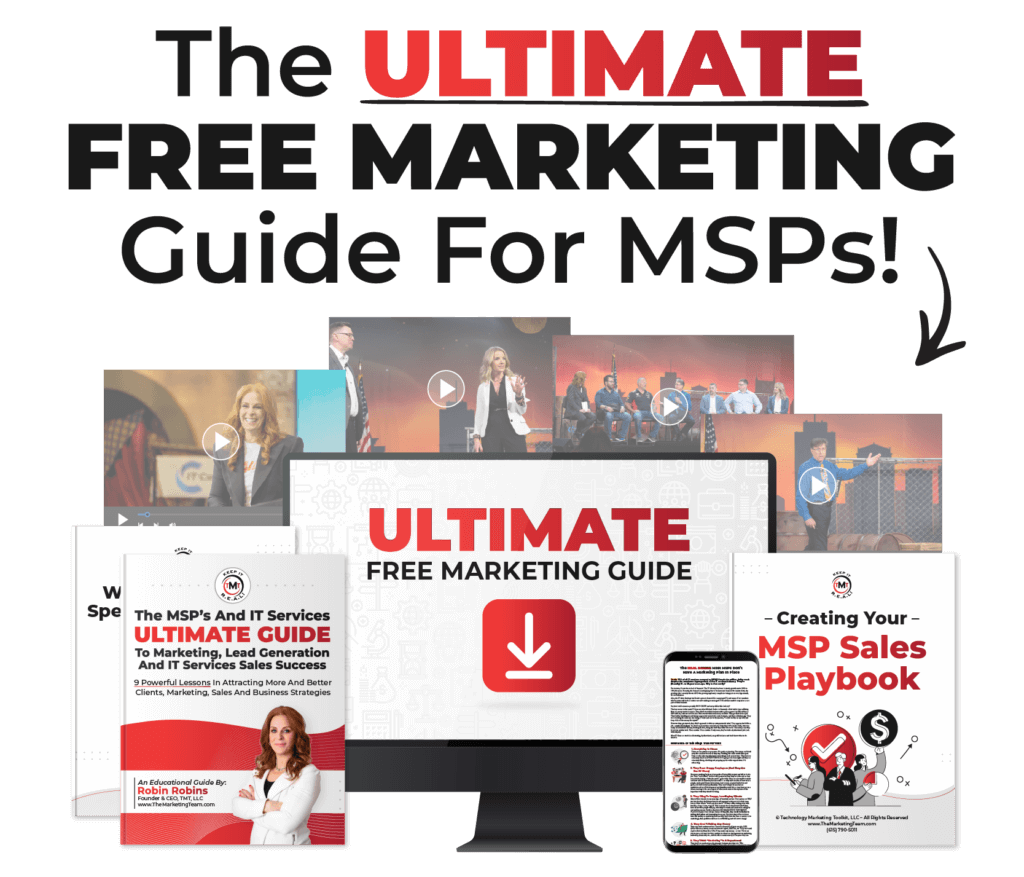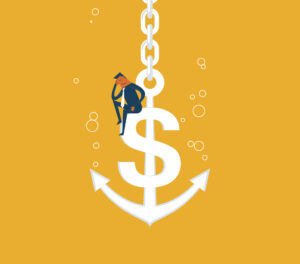
In many categories of marketing and sales, as well as in your business, there are not-so-obvious costs that get overlooked because they aren’t recorded on the balance sheet or accounting ledger. If Walmart is eliminating their greeters, I hope they are evaluating the total cost of NOT having that person there, not just the obvious cost savings of the lowered payroll.
Recently, a colleague of mine ran his first virtual conference and was very happy with the results. He shared with me that he was considering cutting out ALL in-person events, given the ease of the virtual event and the cost, complexity and headache of doing an in-person one. I told him that was a very dangerous “cost savings” that would be the death of his business.
Yes, virtual events ARE easier and cheaper, but there IS a concealed cost of NOT being with “your people” and NOT getting face-to-face with clients. You lose a very important human connection. That interaction cannot be replaced with virtual events, no matter how good the chat or the stream. It’s a false savings that will cost him in sales later on down the road, once people CAN get back together. It’s one of the reasons I fought to hold Boot Camp until we were forced to shut down – it’s not just some event. It’s a vital and critical part of our client retention, connection and ascension. It’s a vital PROMISE we keep to our members.
Another concealed cost is cutting the marketing spend to the point where you can easily be ignored.
A postcard IS cheaper than a FedEx, but there’s a concealed cost in response and attention. The money “saved” is a false savings. There’s never been more pressure to ignore more things than there is today. So if you can easily be ignored, you probably WILL BE, even by people with whom you have a relationship and who should NOT be ignoring you. The answer to this is NOT to be cheaper, but to go bolder, invest more and then adjust your business math (increasing prices and/or making every client more valuable) to accommodate it.
Let me give you an example. One charity I’ve donated to in the past (and it’s NOT St. Jude… they’re excellent) sends me a cheap, no-frills, no-teaser-copy, weak-copy letter in a #10 envelope approximately every three to six months asking for a donation. They incur the cost of mailing this thing no matter how well or poorly it performs. For the life of me, the only reason the thing is continued is likely because someone donates because that charity is near and dear to them, thereby giving a false illusion of “success.” But what would guarantee a 100% delivery and open rate? A FedEx. For that they’d get 100% delivery and a near 100% open and readership. Oh, but that’s TOO expensive! Better to keep mailing that plain-Jane envelope that gets just enough money coming in to justify it – forgetting that with a little more investment, the ROI and net WOULD increase.
This is why I’m a huge proponent of unusual, lumpy mail. It definitely costs more, but the attention it gets and the prospects’ recall of the piece is substantially higher than a postcard. To the point, you cannot *just* look at the cost of something, but the long-term payoff and ROI. Struggling businesses never grasp this.



